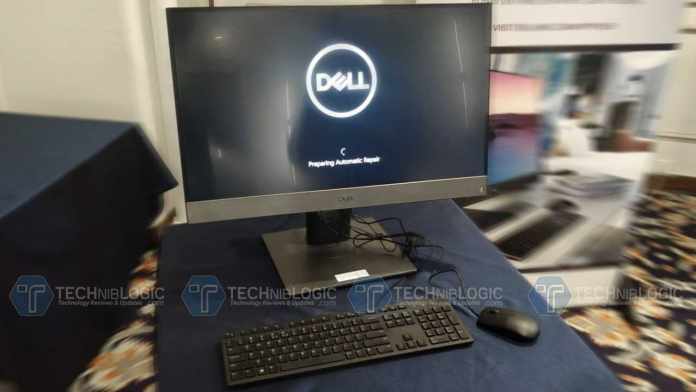Computer programming has been around for nearly as long as the actual computer. For decades, computer programmers have contributed valuable services across economic sectors, creating code for software and computer applications and programs. This field of work has been applied to information technology, academia, government service, medical fields, and more.
These days, computer programmers are lucky to have advanced technologies such as a docker registry, which allows you to consolidate and store your code and its data into an image. By hosting all the images in one stored location developers can easily identify and pull images when needed.
As technology has evolved, so has the programming, leading to more innovative solutions to today’s problems and efficient strides in progress.
But things weren’t always this simple.
The evolution of computer programming is a fascinating one that dates back to the late 1880s. In this blog, we’re taking a trip back in time to explore the rich history of computer programming and how it has evolved into what it is today.
Also See: Secret Tools used in Investigative Journalism
How Computer Programming Has Evolved

The late 1800s
So, who is credited with the actual invention of computer programming? Her name was Ada Lovelace, and if you haven’t heard of her, then it’s time to catch you up to speed. Ada Lovelace is considered the world’s first computer programmer due to her translation and notes on a scientific paper by an Italian engineer. This translation became the first true computer science and rendering paper of its kind.
The 1940s
Fast forward to the late 1940s and computer programming started to pick up steam with Konrad Zuse, who is credited for inventing the first programmable modern computer. In 1941, Zuse created the Z3 which contained all the features of a modern computer. He also wrote the first algorithmic programming language called “Plankalkul” in 1946.
In 1946, six unidentified women created the first electronic programmable computer as part of a secret project for the U.S. Army, run by the logical diagram called ENIAC, short for Electronic Numerical Integrator and Computer.
The 1950s-1970s
By the time we entered the 1950s, the first Mark 1 computer programming manual was written by Grace Hopper. Mark 1 was a programming language at the time. Here, we saw the languages begin to diversify. The primary motivation behind the creation of these languages was for businessmen to tailor their computers to their specific needs.
Over the course of three decades, several programming languages would be developed and act as building blocks for some of the languages we use today.
Some emerging programming languages during this time include:
- Common Business-Oriented Language (COBOL): Could run on a variety of different computers and be mainly used to keep track of payrolls, prepare budgets, and track property. It was quickly picked up by the U.S. Department of Defense for its easy use on almost any computer.
- Formula Translator (Fortran): Used mainly by scientists and engineers, Fortran was simpler and aimed to get more people to want to explore computer technology. This computer language is known as the first high-level programming language.
- List Processor (LISP): Recognized as the second-oldest high-level programming language created in 1958. It became a preferred programming language for artificial intelligence.
- Beginners All-Purpose Symbolic Instruction Code (BASIC): Created in 1964, General Electric was one of the first companies to use BASIC for their machines.
- Algorithmic Language (ALGOL): Invented in 1958, it was one of the several high-level languages and was used specifically for scientific computations. While it never became a massive success, it is the basis of many programming languages.
- CPL is the predecessor of the C and C++ programming languages. The language was created to handle programming tasks that were difficult to do with Fortran and ALGOL. However, it was a massive language, making it difficult to learn and implement.
- C Programming: This would later be used to write C++ and inspire C# programming language. C programming is considered one of the most important programming languages to date. It was designed specifically to be powerful yet minimalistic with language suitable for writing operating systems.
The 1980s
Enter the 1980s, and we start to see a few familiar players. C++ programming was developed by Bjarne Stroustrup in 1983. It was designed to be an easier and more enjoyable way to program compared to C programming.
The 1990s
The 1990s saw a major boom in the programming field, as technology developed and languages grew.
In 1991, Java was created to run on any computer. The language was simple and robust, geared to distribute Java applications over the internet.
The widely known HTML was published in 1990 by Tim Berners-Lee, who is also credited with creating the Worldwide Web. The two went hand-in-hand, as hypertext was popular for use on computers. HTML was strongly based on internationally agreed-upon criteria.
2000s-Today
Fast forward to today, and computer programming is stronger and more established than ever. Some notable players include C++ language, C#, Ruby, Python, and more. Careers in computer programming are aplenty as coders are in high demand to keep up with this ever-changing language of computer technology.

